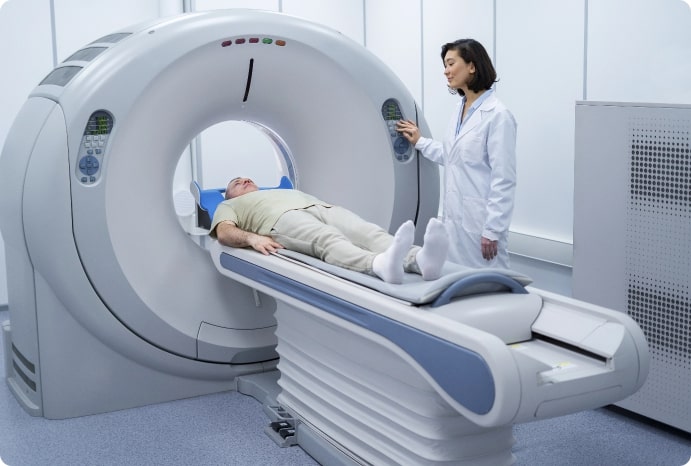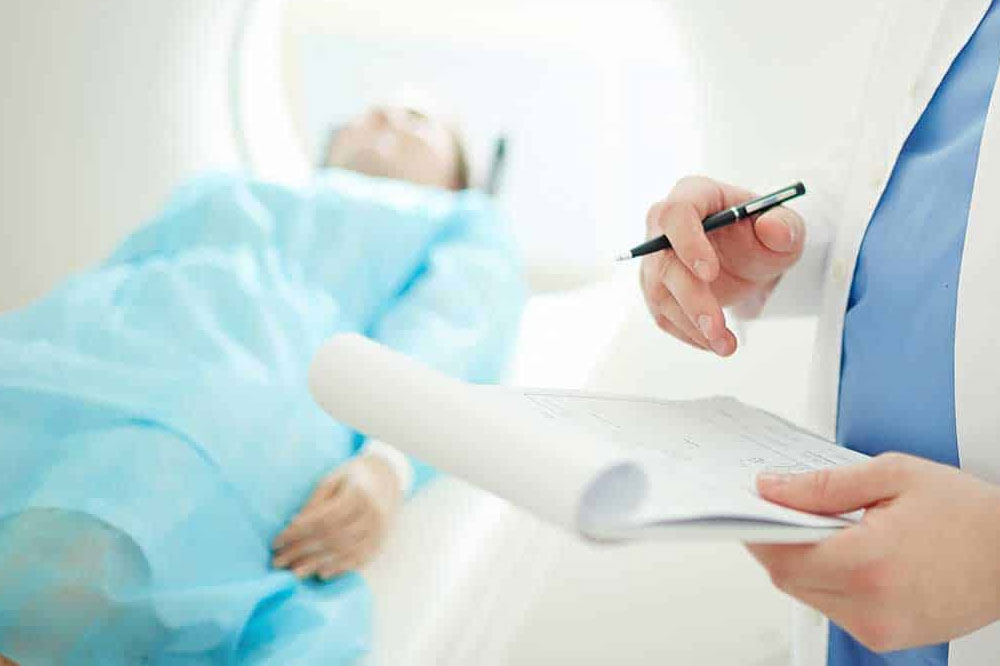What Is CT Scan?
CT scan is a non-invasive medical procedure that combines X-ray and computer technology to produce detailed images of the organs, blood vessels, and bones in the body. It allows healthcare professionals to visualise and assess internal structures, helping to detect and diagnose various medical conditions. For the evaluation of gastrointestinal disorders, the more commonly ordered CT scan is a CT abdomen and pelvis as this will include the majority of the gastrointestinal organs.
What Diseases Can Be Detected by CT Abdomen and Pelvis?
CT Abdomen and Pelvis can help detect and diagnose various health issues, including but not limited to abdominal pain, kidney stones, urinary tract infections, appendicitis, liver diseases, cancers, and gastrointestinal disorders. It is a versatile tool for doctors to effectively identify and manage these conditions.
How to Prepare for Your CT Abdomen and Pelvis?
Before the procedure, you may be asked to fast for a certain period to ensure clear images. You should inform your doctor about any allergies or previous reactions to contrast dye, as it may be used during the scan. It’s essential to disclose any health conditions, medications, or pregnancy, as these factors could impact the preparation process.
What Happens During CT Abdomen and Pelvis?
During the CT scan, you will lie on a table that moves through a large, doughnut-shaped machine called a CT scanner. The scanner will emit painless X-rays that are not felt by the body. A contrast dye might be administered through an IV line to enhance the images, which helps highlight certain structures and organs.

Are You Awake for CT Abdomen and Pelvis?
Yes, you remain awake throughout the procedure during CT Abdomen and Pelvis. The scan is painless, and you’ll be asked to lie still to ensure clear images. The radiologic technologist will operate the CT scanner from a separate room but will communicate with you via intercom.
What to Expect After the Procedure?
After the CT scan, you can usually resume your regular activities and diet unless your doctor instructs otherwise. If contrast dye was used, you may be advised to drink plenty of fluids to help flush it out of your system. A radiologist will examine the images and share the results with your doctor.
How Painful Are CT Abdomen and Pelvis?
CT Abdomen and Pelvis is not painful, as it is a non-invasive procedure. You might experience mild discomfort if an IV line is used to administer contrast dye. However, any discomfort is usually brief, and the benefits of the scan in providing valuable diagnostic information outweigh any minor inconvenience.
By providing essential insights into internal structures, CT Abdomen and Pelvis play a crucial role in guiding healthcare professionals in delivering accurate and effective treatment to patients, ultimately contributing to better health outcomes.





